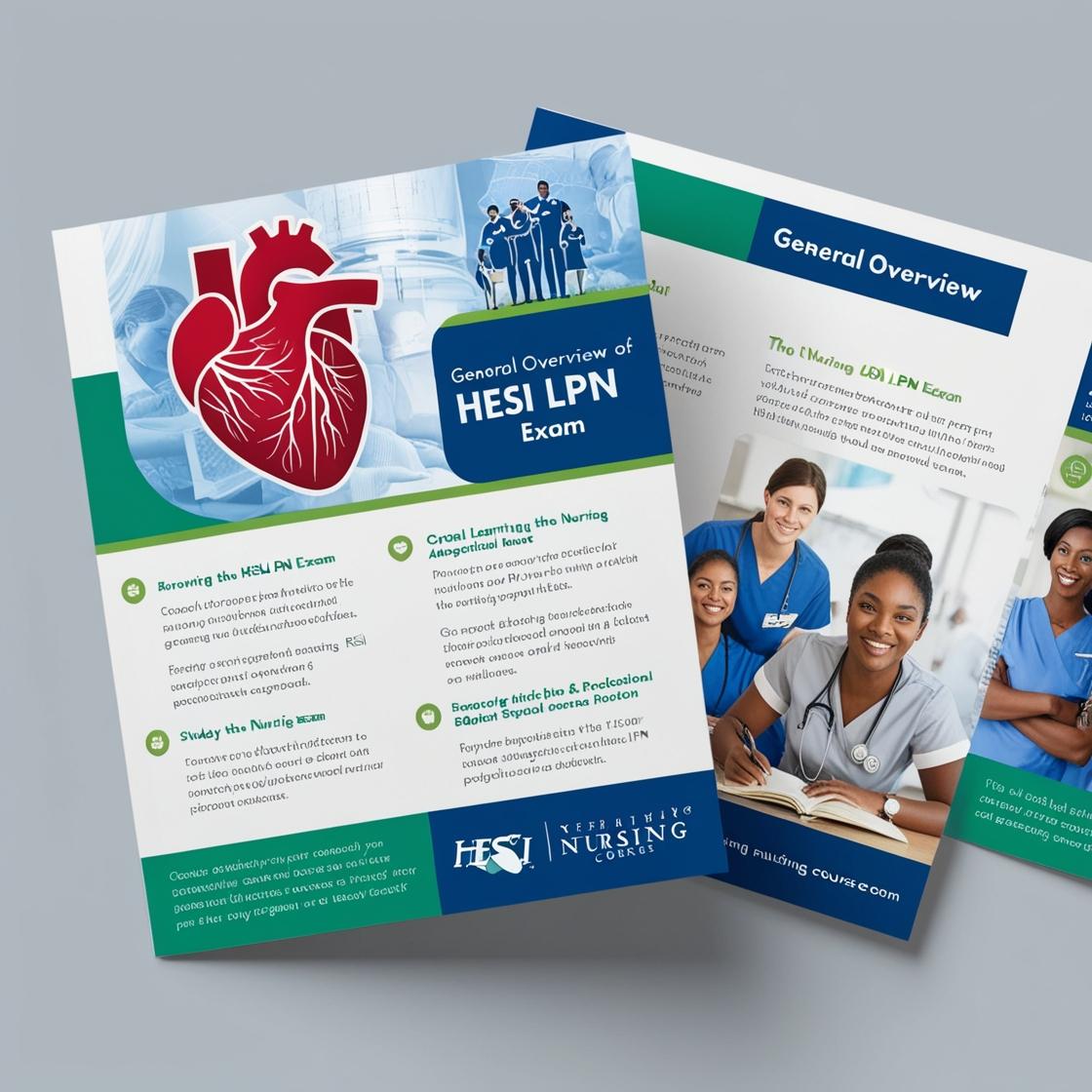HESI LPN
Pediatric HESI 2024
1. When you attempt to assess a 22-year-old woman who has been sexually assaulted, and she orders you not to touch her, your most appropriate initial action should be to
- A. ask the patient to sign a release form
- B. ask a female EMT-B to attempt to assess the patient
- C. explain to the patient that she must be examined
- D. transport the patient without performing an assessment
Correct answer: B
Rationale: In this scenario, the patient has requested not to be touched, indicating a need for sensitivity and understanding. Asking a female EMT-B to attempt to assess the patient is the most appropriate initial action as it respects the patient's need for privacy, comfort, and potentially reduces re-traumatization. Asking the patient to sign a release form (Choice A) is not suitable as it disregards the patient's immediate concerns. Explaining to the patient that she must be examined (Choice C) may further distress her and violate her autonomy. Transporting the patient without performing an assessment (Choice D) ignores the patient's expressed wishes and may lead to inadequate care.
2. A healthcare provider is assessing a child with suspected bacterial meningitis. What is a common clinical manifestation that the provider is likely to observe?
- A. Rash
- B. Photophobia
- C. Jaundice
- D. Kernig sign
Correct answer: D
Rationale: A common clinical manifestation of bacterial meningitis is a positive Kernig sign, which indicates meningeal irritation. Kernig sign is elicited when the leg is bent at the hip and knee at 90-degree angles, and pain and resistance are felt with extension at the knee due to inflamed meninges. Options A, B, and C are not typically associated with bacterial meningitis. A rash is more commonly seen in viral illnesses, photophobia can be present but is not specific to bacterial meningitis, and jaundice is not a typical clinical manifestation of this condition.
3. What should the nurse include in the discharge teaching for a 3-year-old child diagnosed with acute otitis media?
- A. Encourage the child to drink plenty of fluids
- B. Encourage the child to eat a balanced diet
- C. Administer pain medication as needed
- D. Apply warm compresses to the affected ear
Correct answer: A
Rationale: The correct answer is to encourage the child to drink plenty of fluids. This helps to relieve symptoms and prevent dehydration in children with acute otitis media. Encouraging a balanced diet is important for overall health but may not directly impact otitis media symptoms. While administering pain medication as needed can help manage discomfort, it is not a primary discharge teaching for this condition. Applying warm compresses to the affected ear is not typically recommended in acute otitis media cases as it can potentially worsen the infection.
4. Congenital heart defects have traditionally been divided into acyanotic or cyanotic defects. Based on the nurse’s knowledge of congenital heart defects, this system in clinical practice is
- A. helpful because it explains the hemodynamics involved
- B. helpful because children with cyanotic defects are easily identified
- C. problematic because cyanosis is rarely present in children
- D. problematic because children with acyanotic heart defects may develop cyanosis
Correct answer: D
Rationale: The classification is problematic because children with acyanotic heart defects may develop cyanosis, complicating the differentiation between acyanotic and cyanotic defects. Choice A is incorrect because the system is not solely based on explaining hemodynamics. Choice B is incorrect because the classification is not based on the ease of identifying children with cyanotic defects. Choice C is incorrect because cyanosis can indeed be present in children with congenital heart defects, especially acyanotic defects that may lead to cyanosis under certain circumstances.
5. An infant with hypertrophic pyloric stenosis (HPS) is admitted to the pediatric unit. What does the nurse expect when palpating the infant’s abdomen?
- A. A distended colon
- B. Marked tenderness around the umbilicus
- C. An olive-sized mass in the right upper quadrant
- D. Rhythmic peristaltic waves in the lower abdomen
Correct answer: C
Rationale: When palpating the abdomen of an infant with hypertrophic pyloric stenosis (HPS), the nurse would expect to feel an olive-sized mass in the right upper quadrant. This finding is characteristic of HPS due to the hypertrophied pylorus muscle. Choices A, B, and D are incorrect. A distended colon is not typically associated with HPS. Marked tenderness around the umbilicus is not a specific finding of HPS. Rhythmic peristaltic waves in the lower abdomen are not expected in HPS, as the condition primarily affects the pylorus region of the stomach.
Similar Questions

Access More Features
HESI LPN Basic
$69.99/ 30 days
- 50,000 Questions with answers
- All HESI courses Coverage
- 30 days access @ $69.99
HESI LPN Premium
$149.99/ 90 days
- 50,000 Questions with answers
- All HESI courses Coverage
- 30 days access @ $149.99
